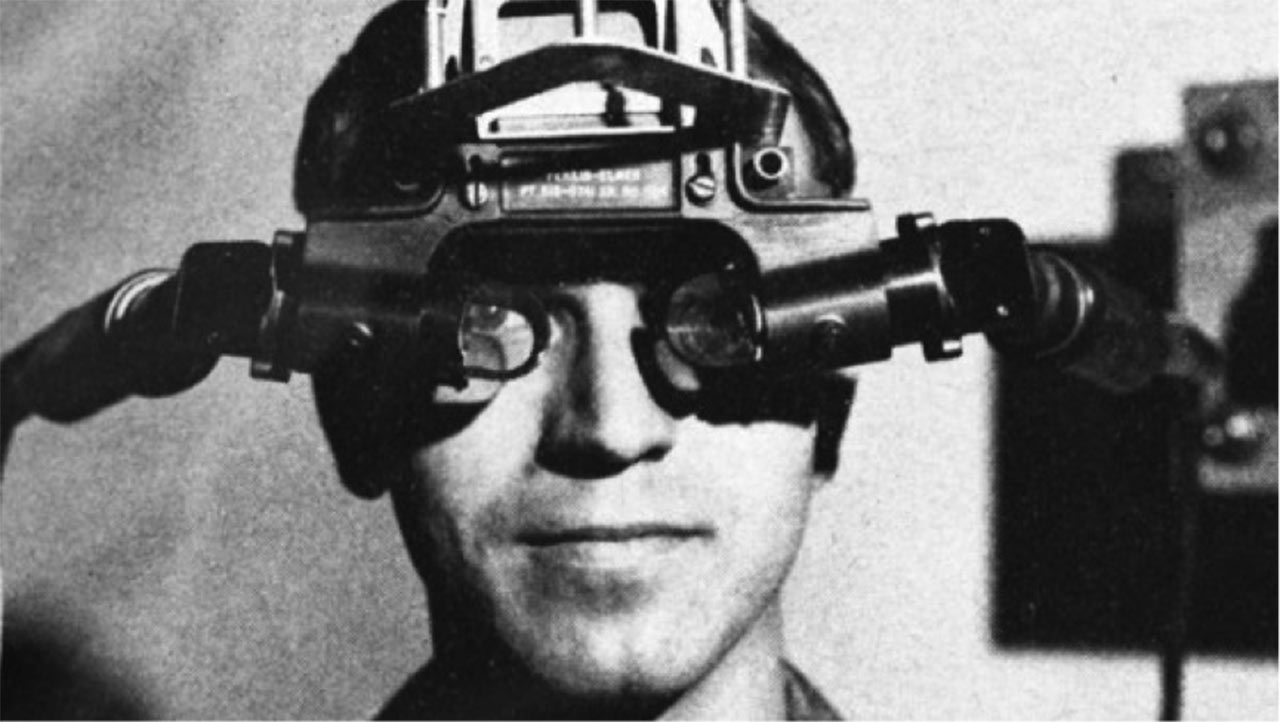Reflections on Ivan Sutherland’s “The Ultimate Display”
In 1965, Ivan Sutherland wrote “The Ultimate Display”, imagining a future where computers could create realistic, immersive worlds. His ideas basically set the stage for Virtual Reality (VR) and Augmented Reality (AR) as we know them today.
What Sutherland Predicted and What’s Happening Now
VR and AR: Sutherland envisioned virtual worlds that felt as real as the physical world. Today, VR headsets like Oculus Rift and AR tools like Microsoft HoloLens make that idea real by letting us experience and interact with digital content in immersive ways.
Touch and Feel in VR: Sutherland also imagined being able to feel virtual objects, like sitting on a virtual chair that “feels” real. With haptic technology (gloves, vests, etc.), we can now feel textures, pressure, and vibrations in VR, bringing us closer to that vision.
Interactive Graphics: He foresaw real-time interactive graphics, where users could control and manipulate digital objects. This idea led to the development of game engines like Unreal Engine and Unity, which power modern video games, training simulations, and 3D modeling.
What Could Still Become Reality
Full Sensory VR: Sutherland hinted at VR that stimulates all senses, including taste and smell. While current VR focuses on sight and sound, researchers are experimenting with smell and taste simulation. One day, VR could fully engage all our senses.
Brain-Computer Interfaces (BCI): Although Sutherland didn’t directly mention it, his vision of seamless interaction hints at controlling VR with our minds. Projects like Neuralink are working on this, which could let us move in VR worlds using just our thoughts.
Shared Virtual Worlds (Metaverse): Sutherland imagined shared virtual experiences. Today, companies like Meta are building the metaverse—a persistent virtual world where people can meet, work, and socialize.
Conclusion
Ivan Sutherland’s ideas in “The Ultimate Display” were incredibly ahead of his time. Many of his predictions are now reality, and his vision still inspires new advancements in VR, AR, and immersive tech. His work is a reminder of where we started and where the future of human-computer interaction might take us.
